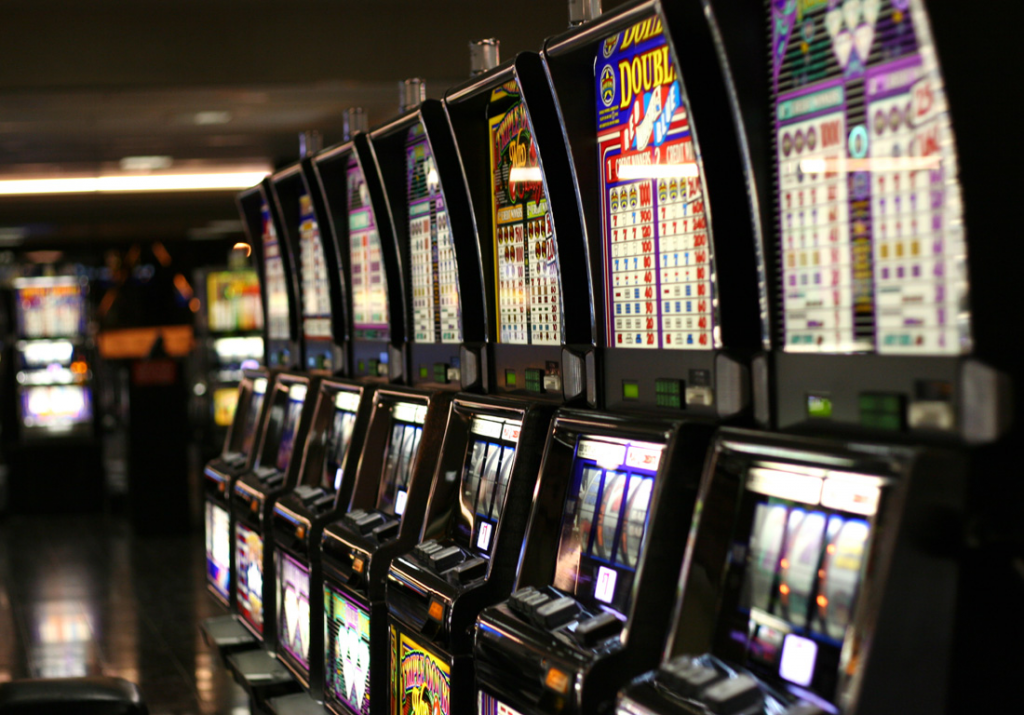Understanding Social Media Customer Journey Mapping
In the digital age, social media has become a powerful tool for businesses to connect with their target audience and build a strong online presence. Social media marketing offers numerous opportunities for brand promotion, customer engagement, and lead generation. In this article, we will explore the various aspects of social media marketing and how it can benefit your business in the competitive digital landscape.
Understanding the Importance of Social Media Marketing
Social media platforms have billions of active users worldwide, making them a fertile ground for businesses to reach and engage with potential customers. By leveraging social media marketing, businesses can increase brand visibility, attract a loyal following, and foster meaningful relationships with their audience.
Building a Strong Social Media Strategy
To succeed in social media marketing, a well-thought-out strategy is essential. Start by identifying your target audience, understanding their preferences, and selecting the most relevant social media platforms for your business. Each platform has its unique characteristics, so tailor your content and approach accordingly.
Engaging Your Audience with Valuable Content
Content is king in social media marketing. Create compelling and relevant content that resonates with your audience. Use a mix of text, images, videos, and infographics to keep your content fresh and engaSocial Media Marketing Agency ging. Share informative blog posts, product updates, behind-the-scenes glimpses, and user-generated content to keep your followers interested and connected.

Leveraging Influencers and Advocates
Influencer marketing is a powerful tactic to amplify your brand’s reach. Collaborate with influencers who align with your brand values and have a strong following in your niche. Additionally, encourage your satisfied customers to become brand advocates by sharing their positive experiences on social media.
Building an Active Community
Social media is not just a one-way communication channel. Encourage two-way interactions with your audience by responding to comments, messages, and mentions promptly. Foster a sense of community around your brand, where customers feel heard and appreciated.
Harnessing the Power of Social Advertising
Paid social media advertising allows you to target specific demographics, interests, and behaviors, ensuring that your content reaches the right audience. Experiment with different ad formats, such as carousel ads, video ads, and sponsored posts, to see what resonates best with your audience.
Measuring Success and Making Data-Driven Decisions
To gauge the effectiveness of your social media marketing efforts, track key performance indicators (KPIs) such as engagement rate, click-through rate, conversion rate, and follower growth. Analyze the data regularly to identify trends and opportunities for improvement.
Conclusion
Social media marketing has become an indispensable component of a successful digital marketing strategy. By understanding the importance of social media marketing, building a strong strategy, creating engaging content, leveraging influencers, building an active community, and harnessing social advertising, businesses can unlock the full potential of social media to build their brand online.…














